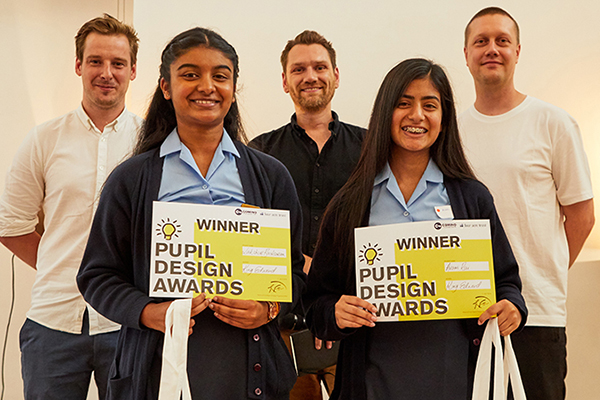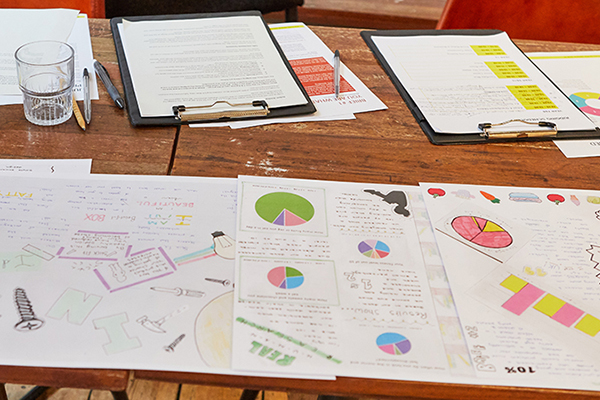Pupil Design Awards information and support
Find out how the RSA Pupil Design Awards work and what support we offer to help you run the design challenge in your school.
About the Pupil Design Awards
The RSA Pupil Design Awards aims to encourage young people and their teachers to join us in this mission. The Awards’ vision is one in which young people develop creative self-efficacy through engaging with real-world problems. We want them to leave school with the agency and capabilities which enable them to flourish in their personal lives and contribute to the flourishing of their communities. We do this by:
- Broadening teachers’ and pupils’ knowledge of how social design can be applied and understood through challenging, relevant briefs and comprehensive evaluation criteria.
- Introducing social design thinking to teachers and pupils through interactive workshops delivered in collaboration with design education experts.
- Connecting schools to their local communities and enabling pupils to design solutions to local and global contemporary challenges.

How to run the Pupil Design Awards in your school
Once you’ve registered, you can decide how you want to design and deliver the RSA Pupil Design Awards in your schools
Some schools choose to make the Pupil Design Awards part of classroom teaching: previous entrants have incorporated the competition into Design & Technology, English, Science, and PSHE. We encourage delivery across a range of subjects, not just art or design and technology.
Other schools have run the Awards as part of an extracurricular club. See the ‘teacher insights’ page in the 2022-23 teacher resource pack for information on how other teachers have run the Awards in their own contexts.
Whichever way you choose to deliver, the process is there to help you to raise the profile social design in your schools and to encourage a wider interpretation of the function and practice of design to develop important capabilities such as collaboration, confidence, and creative and critical thinking among your pupils.
Then, support pupils to choose one of the three briefs and make sure they have read the pupil brief pack. Each brief contains a real-world problem for pupils to solve, and some ideas to get them thinking about the challenge.

